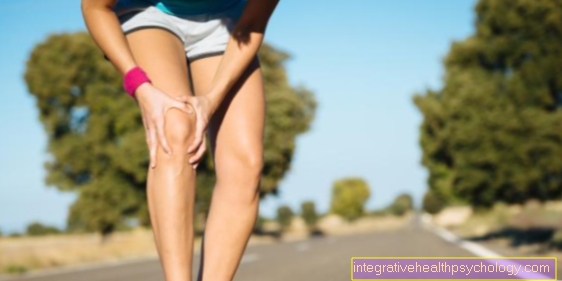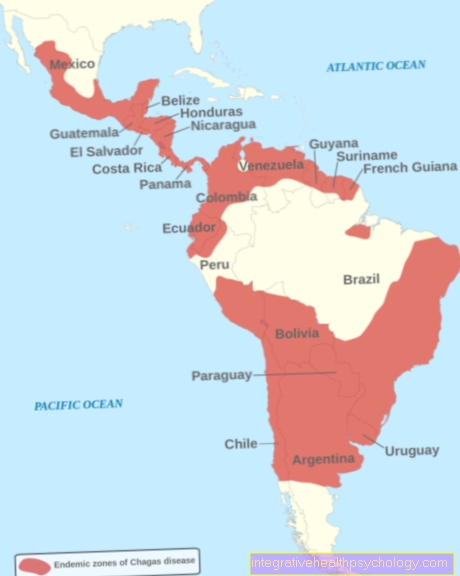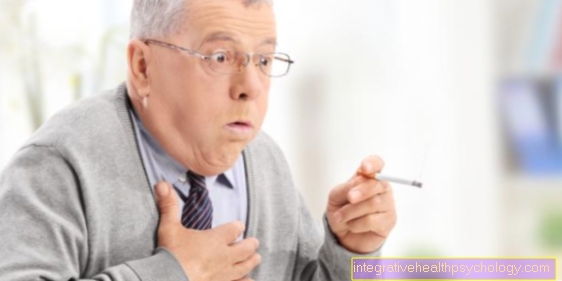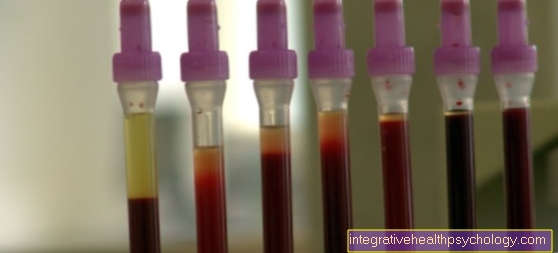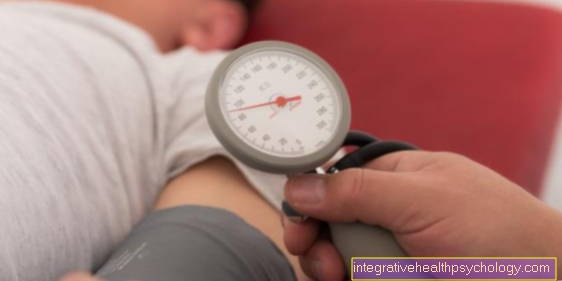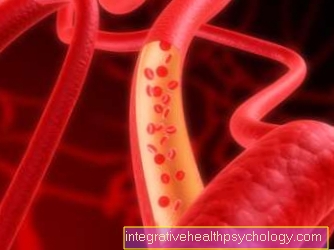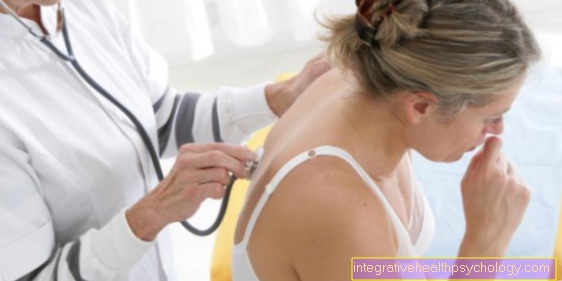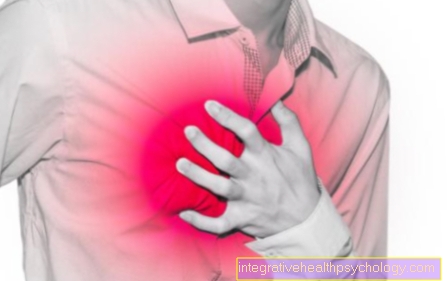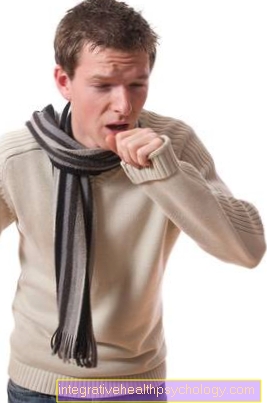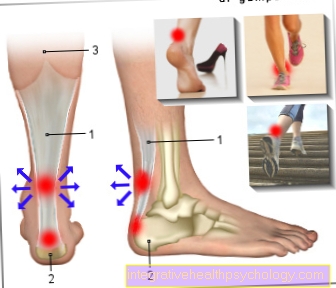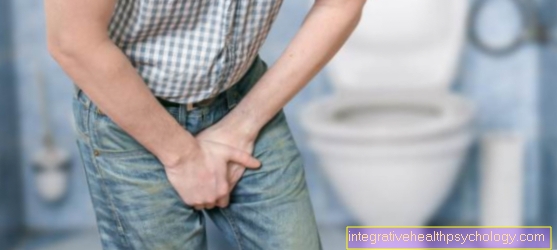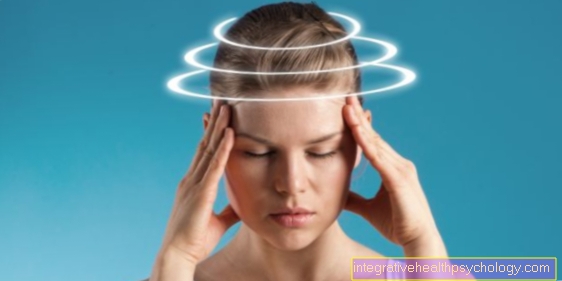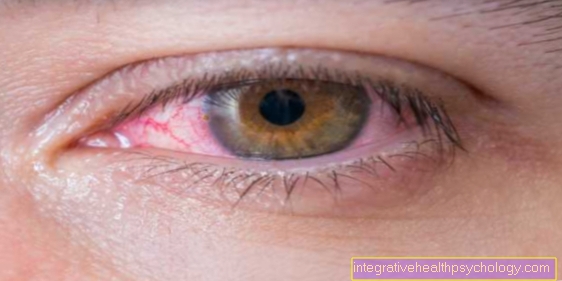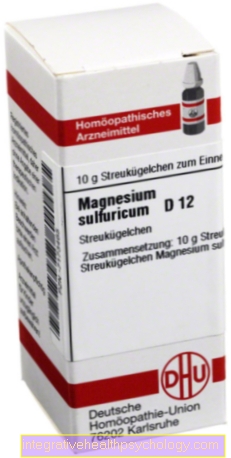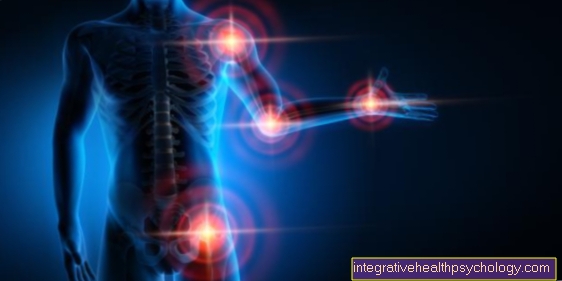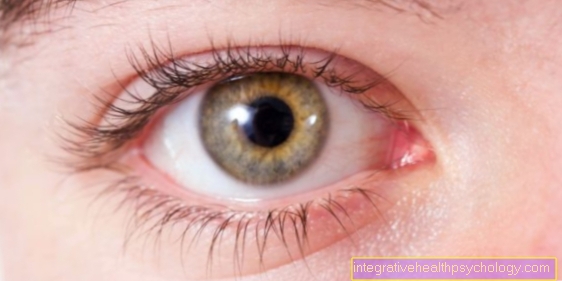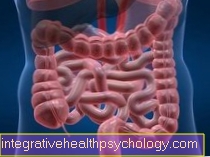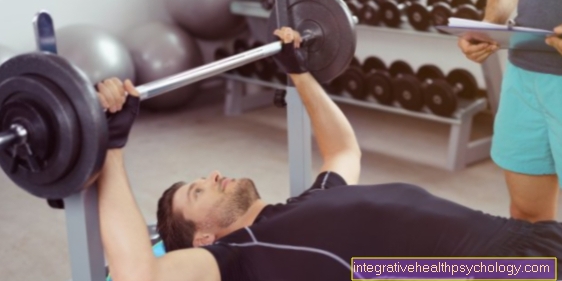What to do if you have low blood pressure
introduction
Low blood pressure is known as hypotension and occurs more often in very slim and untrained people. Hypotension is when the average blood pressure is lower than 100/60 mmHg.
Hypotension is only treated if it leads to symptoms. These include dizziness, headaches, or even temporary loss of consciousness (syncope). Overall, hypotension is safer than high blood pressure (hypertension) as it is not a risk factor for a heart attack or a stroke.
In addition to treating low blood pressure with medication, there are a few things you can do yourself to raise your blood pressure.
Also read our article: Low blood pressure and pulse

What are the options to increase blood pressure?
Low blood pressure is diagnosed when blood pressure levels are consistently below 100/60 mmHg. However, there are several ways to increase blood pressure.
In addition to taking medication, the patient can take measures himself to increase his blood pressure, which is too low. The doctor should definitely discuss these measures with his patients and motivate them to carry them out before a solid medication is prescribed.
These methods include changing your diet and drinking more. The patient with low blood pressure should drink at least 2 liters of water a day, if possible even more. With regard to nutrition, he should pay attention to a slightly increased salt intake. This salt in the body leads to increased water retention.
Overall, these two measures increase the volume of fluid in the organism and thereby increase blood pressure.
Another way to increase blood pressure is to take alternating showers every day. The repeated alternation between warm and cold water promotes blood circulation in the body and trains the blood vessels. In this way, the vessels are quickly expanded and contracted again, which has a positive effect on the entire circulatory system.
It is also advisable to wear compression stockings if you suffer from low blood pressure. These compress the leg and thus encourage the venous return flow from the legs to the heart. Especially with existing varicose veins (Varices) or people who stand a lot in one place (e.g. cashier) compression stockings support continuous blood flow and circulation.
This topic could also be of interest to you:
- When does low blood pressure become dangerous?
- Low Blood Pressure And Nausea - You Can Do That!
What can you do about acutely low blood pressure?
Caution should be exercised if the blood pressure is acutely low. The person concerned usually notices that something is wrong through dizziness or general malaise. This should be communicated to another person as soon as possible so they can help.
The person with low blood pressure should lie as flat as possible on the floor. This is a precaution in case the patient loses consciousness and falls to the floor. He could fall badly or hit his head dangerously.
Next, the person affected should drink a lot, preferably something containing caffeine or salty. Adequate hydration and salt intake will help raise blood pressure again.
In addition, the patient's legs can be raised up. This supports the general blood circulation and helps prevent the blood from sinking into the legs. If possible, you can also put on compression stockings.
Normally, all of these measures help and the person feels better after a short time, so that they can get up again. However, if the person does not regain consciousness quickly, is disoriented or there is a suspicion of another illness, an ambulance and an emergency doctor should be consulted.
You might also be interested in the following topic: Diastole Too Low - Is It Dangerous?
Drink a lot if you have low blood pressure
People with low blood pressure should ensure they are drinking enough fluids. They should drink more water and not sugary drinks like lemonade. The daily drinking amount should be at least 2 liters, but it can also exceed this.
People with kidney damage should clarify an increase in the amount they drink with a doctor, otherwise the kidneys could be more damaged. Drinking a lot leads to increased blood volume. The increased volume of fluid in the organism promotes the circulation and causes higher blood pressure values. However, this effect only lasts for a short time, so a continuous supply of fluids is important.
How effective are contrast showers?
Alternating showers are a simple way of increasing blood pressure sustainably. This is a simplified water therapy. After showering, you should shower off with very warm water.This is followed by a shower with cold water. You start with your feet, then your legs and, if it's not too cold, the rest of your body.
Read more on the topic: Alternating showers
This should take a few minutes until the skin has gotten used to the new water temperature. Then you start again with the warm water. This alternation between warm and cold water should be repeated a few times.
Alternating showers should be used after each shower. They train the vessels and cause them to expand and contract again quickly. This improves the circulation and increases blood pressure in case of hypotension. Furthermore, other positive effects have been proven. Alternating showers strengthens the immune system, stimulates blood circulation in the skin and makes the skin tighter overall.
Our next article could also be of interest to you: Low blood pressure and high pulse
Eat more salt
If you have low blood pressure, it is recommended that you eat more salt. You should consume around 6 grams a day. Usually this amount is exceeded, which is one of the causes of high blood pressure (hypertension) represents.
However, people with low blood pressure should eat more than the recommended 6 grams. This means that you can, for example, season your dishes more strongly with table salt or use pretzel sticks more often.
The salt in the body causes water to be retained. In this way, less fluid is excreted and the fluid volume increases. The consequences are similar to those of drinking more. The blood volume increases, as a result of which blood pressure increases.
Wear compression stockings
Wearing compression stockings is recommended for various illnesses, including low blood pressure (Hypotension).
Compression stockings compress only the lower legs or the entire legs, depending on the model. This also compresses the venous vessels in the legs, so that less blood sinks into the legs. Instead, it supports the return of the blood to the heart. In this way, the overall cycle is stimulated.
Compression stockings are not only recommended for hypotension, but also for people with varicose veins (Varices), Leg vein weakness or a tendency to thrombosis. For this reason, they are worn prophylactically after an operation or a long flight on an airplane.
For more detailed information on this topic, see: Compression stockings
Medicines for low blood pressure
Blood pressure that is too low (Hypotension) is usually not treated with medication. In contrast to high blood pressure (hypertension) it poses no risk of a heart attack or stroke. In addition, there are a number of simple steps the patient can take to increase the blood pressure.
This includes, for example, drinking a lot, eating more salty food and alternating showers. In the most extreme case, low blood pressure leads to a temporary loss of consciousness (syncope).
If the symptoms become worse and the patient suffers, for example, from increased dizziness, visual disturbances or regularly faints, a medication is prescribed. This is usually a sympathomimetic, such as Effortil®, which means that the drug has the same effects as the sympathetic nervous system.
The sympathetic nervous system belongs to the autonomic nervous system, i.e. a part of our nervous system that we cannot control. It is our body's stress system, which is activated when there is danger or stress. In addition to an increased heart and respiratory rate, this also includes increased blood pressure.
Correspondingly, taking such a drug generally increases blood pressure, with side effects such as racing heart or increased sweating to be expected.
Overall, such a drug has a systemic effect, i.e. on the entire body. Due to this fact, one should discuss this medication carefully with the attending physician in order to avoid possible complications.
Are you more interested in this topic? You can read more information about this under: Medicines for low blood pressure
What home remedies can help?
There are several so-called home remedies that are designed to increase low blood pressure. The advantage of home remedies is that they are of natural origin and therefore, unlike medicines, are not manufactured synthetically. As a result, they are not foreign substances to the body, usually have no side effects and are metabolized normally.
Various products are suitable for raising blood pressure. On the one hand, foods containing caffeine are considered beneficial to increase blood pressure. In addition to Coca Cola and coffee, green tea is best. In addition to caffeine, green tea also contains theobromine and theophylline. All three ingredients stimulate the nervous system and thus increase blood pressure.
Another drink that has a positive effect on blood pressure is beetroot juice. We also recommend consuming liquorice roots, such as liquorice and raisins, if your blood pressure is low.
In addition to these home remedies for the right diet for low blood pressure, adequate exercise is also useful. In order to keep the circulation and especially the blood vessels intact, endurance sports should be done regularly. Cycling or swimming are particularly suitable, for example, as the legs are specially trained, but the joints are spared.
In addition, the herbal medicine Korodin is often used. It can be purchased in pharmacies without a prescription and is also used in the treatment of heart failure. Read our detailed article on this: Korodin drops
For more information, read our related article on this:
These home remedies will help when you have low blood pressure
What can you do against low blood pressure during pregnancy?
Low blood pressure during pregnancy can be dangerous for both parties. On the one hand, the pregnant woman can become unconscious and, for example, fall seriously, and on the other hand, the unborn child can be damaged by the reduced blood flow.
Low blood pressure in expectant mothers is not treated with medication. These would also narrow the vessels in the umbilical cord, so that the unborn child would not be adequately supplied with blood. So you have to resort to other natural measures. These hardly differ from those of the non-pregnant patients.
The pregnant woman needs to drink more, eat more salty food and wear compression stockings. There are also alternating showers and dry brush massages, which are supposed to stimulate the circulation. An important difference to the other patients is the omission of beverages containing caffeine such as coffee or tea.
In addition, you can also use herbal medicines that you can buy over the counter in pharmacies and drugstores. The two medicinal plants camphor and hawthorn, which can be used in various forms, are particularly popular (as tea, ointment, essential oil for inhalation).
For more detailed information on this topic, see: Low blood pressure during pregnancy
Recommendations from the editorial team
Further general information on the subject of "low blood pressure":
- Diastole Too Low - Is It Dangerous?
- Homeopathy for low blood pressure
- When does low blood pressure become dangerous?
- Low blood pressure and pulse

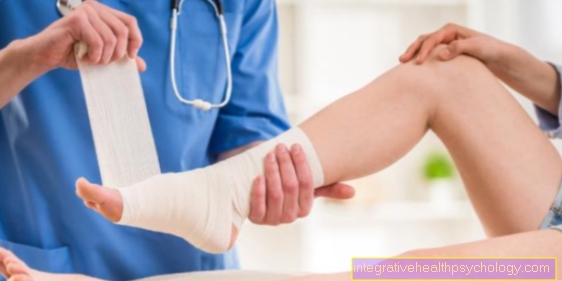
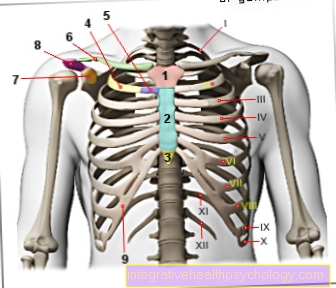
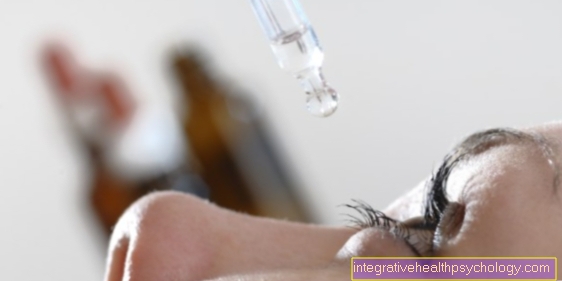
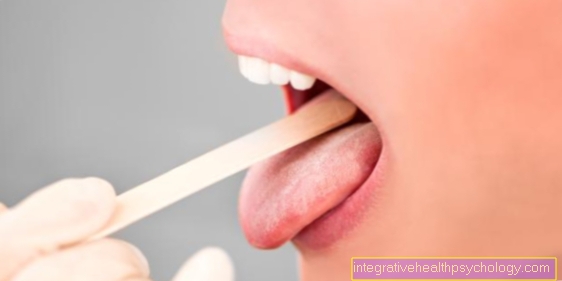
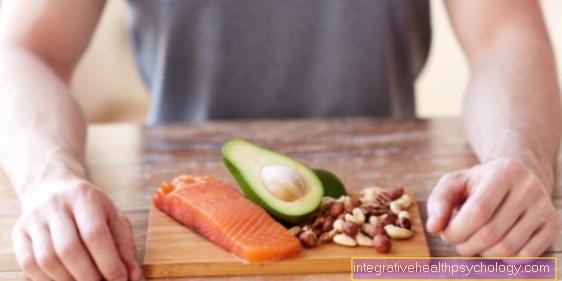
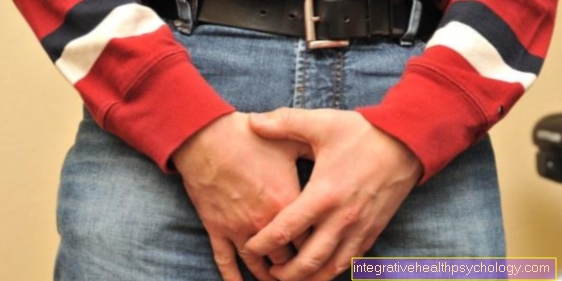
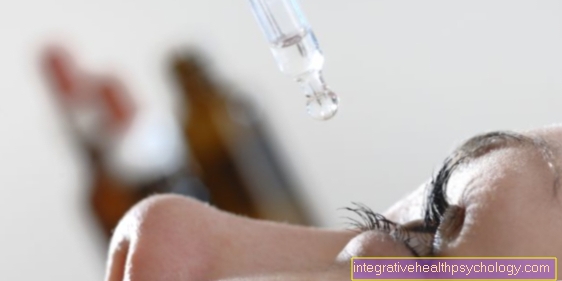
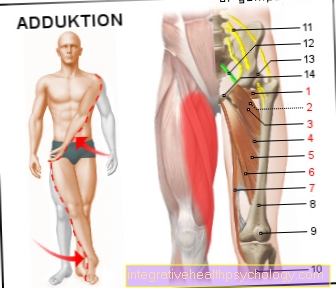
.jpg)
